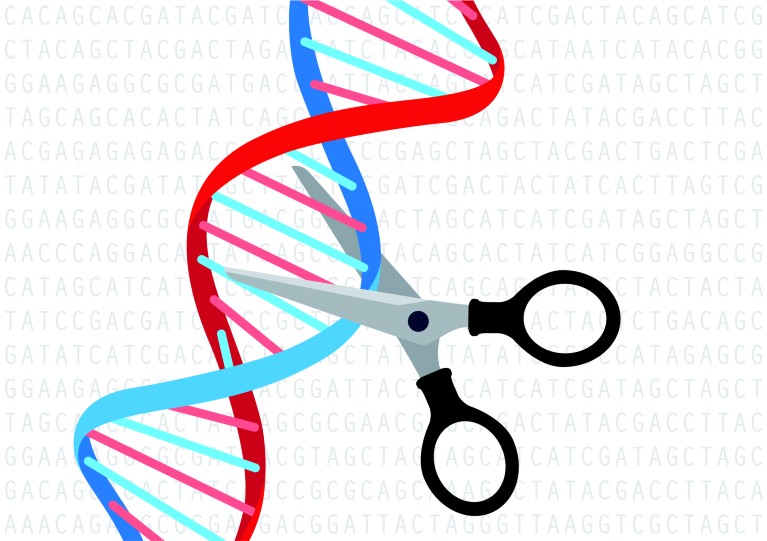© traffic_analyzer/DigitalVision Vectors/Getty Images
Genome-editing tools known as adenine base editors (ABEs) have a much lower error rate than the much-touted CRISPR–Cas9 gene-editing method, and are thus considered safer for therapeutic applications. But ABEs still cause some unwanted changes to DNA, highlighting the need for technological improvements.
ABEs make a particular conversion between two of the four DNA letters — swapping an adenine for a guanine. Sometimes, however, they alter the genome in undesired ways.
To characterize the off-target activity of ABEs, researchers from the Institute for Basic Science in South Korea adapted a sequencing assay they had previously developed for calculating the accuracy of CRISPR–Cas9. They showed that ABEs make few mistakes — but when they do, the errors are different from those caused by other types of gene-editing tools.
The team concluded that more precision and specificity is needed before ABEs can be safely used to fix disease-causing mutations in people.
Nature Biotechnology 37, 430–435 (2019). doi: 10.1038/s41587-019-0050-1



 Institute for Basic Science
Institute for Basic Science